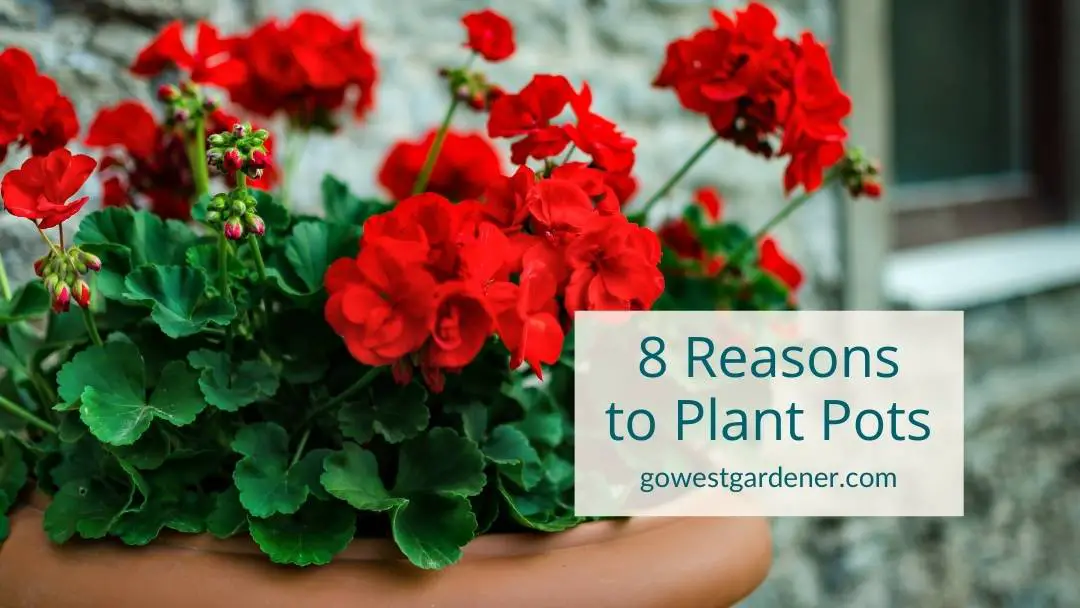The best time to plant flower pots varies by location. Generally, spring and fall are ideal.
Planting flower pots at the right time ensures healthy growth. Spring is popular because the soil warms up, and there’s plenty of sunlight. Fall is also good since the cooler weather helps flowers establish roots without the stress of summer heat.
Knowing your local climate and frost dates can guide you. Proper timing can lead to vibrant blooms and a beautiful garden. Let’s explore the best times and tips for planting your flower pots. This will help you create a thriving and colorful outdoor space.
Spring Planting
Spring is the perfect season to plant flower pots. Some flowers grow best in spring. Examples include tulips, daffodils, and pansies. These flowers love the cool weather. They bloom beautifully.
Tulips come in many colors. They are easy to plant. Daffodils are bright and cheerful. Pansies are hardy and colorful. Planting these flowers can make your garden pretty.
Good soil helps flowers grow well. Start by clearing old plants and weeds. Add compost to the soil. It makes the soil rich in nutrients. Mix the compost well.
Check the soil’s moisture. It should be damp but not wet. If the soil is dry, water it lightly. Make sure the soil drains well. This prevents roots from rotting.

Credit: gowestgardener.com
Summer Planting
Planting in summer requires heat-tolerant flowers. Choose flowers like marigolds, zinnias, and sunflowers. These flowers love the sun. They grow well in hot weather. Avoid plants that need cool weather.
Water your plants early in the morning. This helps the water soak in. Do not water in the middle of the day. The sun will evaporate the water fast. Watering in the evening can cause mold. Always check the soil. If it is dry, water your plants.
Fall Planting
Some flowers bloom best in fall. Chrysanthemums and Pansies are good choices. Asters also show beautiful colors. Sedums and Goldenrods are strong flowers too. These flowers can handle the cooler weather well. Fall flowers can make your garden pretty.
Frost can hurt your plants. Cover them with a cloth at night. Water the plants in the morning. It helps them stay warm. Use mulch to protect the roots. Move flower pots inside if frost is severe. These steps can save your plants from frost damage.

Credit: www.reddit.com
Winter Planting
Some flowers can survive the cold. Pansies and Violas are good choices. They can handle frost. Snowdrops are another option. These flowers bloom in late winter. Hellebores are strong too. They add color to the garden.
Indoor planting is a great idea in winter. African Violets are easy to grow inside. They need little light. Begonias are another indoor option. They like warm rooms. Cyclamen blooms well indoors. Keep them in cool spaces. Amaryllis grows large flowers. They can brighten any room.
Climate Considerations
Different flowers need different climates. Some flowers like warmth. Others need cooler temperatures. Knowing your region’s climate helps in choosing the right flowers. Consult local gardening experts for advice. They know which flowers grow best in your area. This makes your garden beautiful and healthy.
Microclimates exist in small areas. These spots can be warmer or cooler. Observe your garden to find these areas. Plant flowers that suit these conditions. For example, a sunny spot is good for sun-loving flowers. Shady areas are perfect for shade-loving plants. This helps in better growth and flower health.
Container Selection
Choose the right pots for each season. For spring, use terracotta pots. They help keep roots cool. In summer, plastic pots are best. They are light and easy to move. For fall, pick ceramic pots. They keep roots warm. Winter needs wooden pots. They give good insulation.
Good drainage is key. Always check for drainage holes. Use potting soil for flowers. It drains well. Never use garden soil. It holds too much water. Mix in perlite or sand. This helps with drainage. Keep soil moist but not wet.
Fertilizing Schedule
Spring is a good time to use slow-release fertilizer. It helps flowers grow strong. In summer, use liquid fertilizers for quick growth. Fall needs organic fertilizers. They improve the soil for next year. Winter is a rest period. No fertilizer is needed then.
Granular fertilizers are easy to spread. Just sprinkle them around the plants. Liquid fertilizers are mixed with water. Pour them at the base of the plants. Foliar fertilizers are sprayed on the leaves. They are absorbed quickly by plants.
Pest Control
Flower pots can attract many pests. Aphids, spider mites, and whiteflies are common. These pests damage plants. They suck the juice from leaves. This weakens the plant. Keep an eye out for these pests.
Use neem oil to keep pests away. It is safe for plants. Ladybugs eat aphids. They are good for your garden. Soap spray can also help. Mix water and mild soap. Spray it on your plants. It kills pests but does not harm the plant.

Credit: www.reddit.com
Frequently Asked Questions
When Should I Plant Flower Pots?
The best time to plant flower pots is during spring. This season provides ideal temperatures and conditions for growth.
Can I Plant Flower Pots In Summer?
Yes, you can plant in summer. However, ensure adequate watering and shade to prevent heat stress.
Is Fall A Good Time To Plant Flower Pots?
Fall is suitable for planting flower pots. The cooler temperatures help plants establish roots before winter.
What Flowers Are Best For Pots?
Petunias, geraniums, and marigolds are great for pots. They thrive in containers and offer vibrant colors.
Conclusion
Choosing the right time to plant flower pots is crucial. Spring and fall offer ideal conditions. Warmer temperatures and ample sunlight help plants grow strong. Avoid extreme summer heat or cold winter months. Start with healthy soil and good drainage.
Regular watering and proper care ensure vibrant blooms. Remember, patience and attention to detail matter. Happy planting!

My mission is to help you bring the beauty of nature indoors with expert advice, detailed plant care guides, and creative design ideas.





Leave a Reply